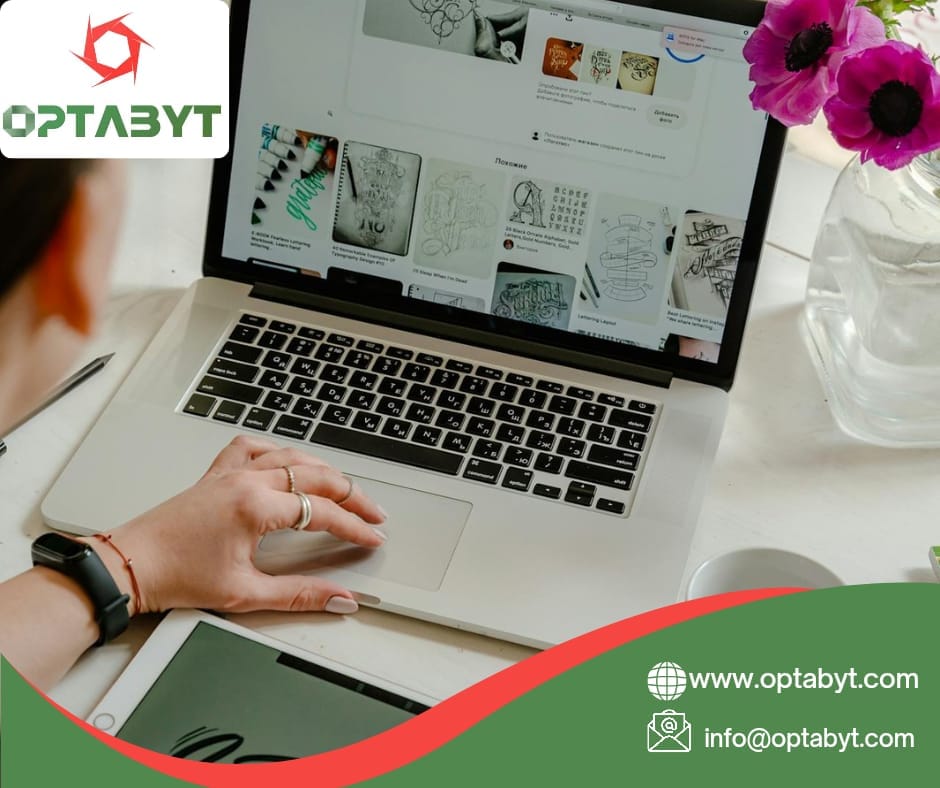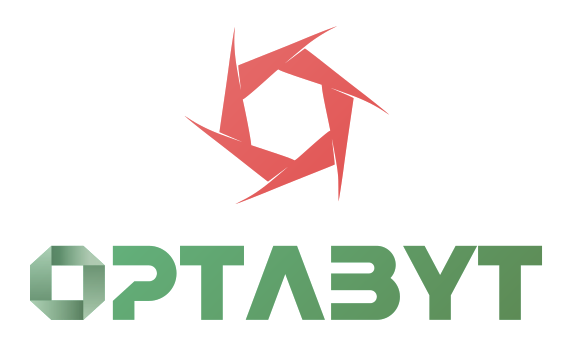
Table of Contents
ToggleWhat Is Graphic Design – The Art and Strategy Behind Visual Communication
Table of Contents
What Is Graphic Design – The Art and Strategy Behind Visual Communication
In today’s digital world, visuals speak louder than words. Whether it’s a logo, website, advertisement, or product packaging, graphic design plays a crucial role in shaping how a brand is seen and remembered. But what exactly is graphic design, and why is it essential for modern businesses? Simply put, graphic design is the process of creating visual content to communicate ideas and messages effectively. It combines creativity, color, typography, and imagery to convey emotions, enhance user experience, and strengthen a company’s identity. At Optabyt, we help businesses in Norway use the power of design to build strong, lasting impressions that connect with their audience.
Understanding Graphic Design
Graphic design is more than just “making things look pretty.” It’s a form of problem-solving through visuals. A good design helps the viewer understand a message clearly while inspiring a specific action—whether it’s clicking a button, signing up, or buying a product.
Professional graphic designers use tools such as Adobe Photoshop, Illustrator, and Figma to craft designs that align with brand goals and audience expectations.
The Purpose of Graphic Design
The main purpose of graphic design is visual communication. Every color, shape, and layout choice helps communicate brand values and messages more effectively. Businesses use design to:
Build brand recognition
Improve marketing performance
Enhance user experience
Create emotional connections with customers
Stand out in competitive markets
The Core Elements of Graphic Design
Great design relies on the right combination of visual elements. Here are the key components every designer works with:
Color: Influences mood and emotion. Each color tells a different story.
Typography: The choice of fonts impacts readability and brand tone.
Imagery: Photos, icons, and illustrations bring designs to life.
Layout: Organizes information for easy understanding.
Balance & Alignment: Keeps designs visually stable and harmonious.
Contrast: Highlights the most important elements.
Consistency: Ensures all designs reflect a unified brand identity.
Different Types of Graphic Design
Graphic design has evolved into multiple categories, each serving unique purposes:
Brand Identity Design: Logos, color palettes, and brand guidelines.
Marketing Design: Banners, brochures, and digital ads.
Web & UI Design: Layouts, icons, and interfaces for websites or apps.
Print Design: Flyers, posters, business cards, and packaging.
Social Media Design: Graphics tailored for platforms like Instagram and LinkedIn.
Motion Graphics: Animated visuals used in videos or presentations.
At Optabyt, our graphic designers specialize in all these areas—ensuring that your brand’s visual identity is consistent across all platforms.
Why Graphic Design Matters for Your Business
A well-designed brand can make a strong impression in seconds. Here’s how graphic design directly impacts your success:
First Impressions Count: A professional logo or website design attracts attention instantly.
Brand Recognition: Consistent visuals build trust and familiarity.
Better Engagement: Visually appealing content keeps customers interested.
Higher Conversions: Attractive designs guide users toward taking action.
Competitive Advantage: Stand out from other brands in your industry.
The Role of a Professional Graphic Designer
A skilled designer doesn’t just create visuals—they create strategies. At Optabyt, our designers collaborate closely with clients to understand their goals, target audience, and brand story. The result? Designs that look great and perform effectively.
We ensure every visual element—from your logo to your website—tells a unified story that represents your business authentically.
Graphic Design and Digital Marketing
Graphic design and digital marketing go hand in hand. You can’t have effective marketing without great visuals. Whether it’s an eye-catching ad, a social media post, or an optimized landing page, design influences how people perceive and interact with your brand online.
Optabyt combines creative design with marketing strategies to deliver measurable results—turning creativity into conversion.
How Optabyt Helps Businesses with Graphic Design
As a creative digital agency in Norway, Optabyt offers end-to-end graphic design solutions tailored to your brand’s goals. Our services include:
Logo & Branding Design
Web & App Interface Design
Social Media Visuals
Marketing & Print Materials
Infographics & Presentations
Advertising Banners
We make sure that every visual piece supports your marketing strategy and leaves a lasting impression.
Benefits of Working with Optabyt
Tailored Visual Identity: Designs that reflect your brand values and voice.
High-Quality Output: Created using professional tools and creative expertise.
Consistency Across Channels: A unified look across web, social, and print.
Faster Turnaround: Quick delivery without compromising quality.
Results-Driven Design: Every element serves a purpose—beauty meets functionality.
Trends in Modern Graphic Design
Graphic design evolves with technology and audience behavior. Some current trends include:
Minimalism: Clean and simple designs with purpose.
3D Illustrations: Adding depth and realism to visuals.
Sustainability Design: Eco-friendly and socially responsible themes.
Bold Typography: Making text a central visual element.
AI-Driven Design Tools: Smarter, faster, and more efficient creation processes.
Frequently Asked Questions (FAQs)
1. What is graphic design?
Graphic design is the art of creating visual content to communicate messages effectively.
2. Why is graphic design important for businesses?
It enhances branding, builds recognition, and improves customer engagement.
3. What tools do graphic designers use?
Professionals use Adobe Photoshop, Illustrator, InDesign, and Figma.
4. How does graphic design impact marketing?
It improves click-through rates and conversions through compelling visuals.
5. What types of graphic design exist?
Brand identity, marketing, web design, print design, and motion graphics.
6. How can Optabyt help with graphic design?
We create professional visuals that align with your brand strategy.
7. Can small businesses afford professional design?
Yes! We offer scalable solutions for all business sizes.
8. What’s the difference between graphic and web design?
Graphic design focuses on visuals, while web design includes interactivity and layout.
9. How long does it take to create a logo or design?
Typically between 1–3 weeks, depending on complexity and revisions.
10. Do you offer ongoing design support?
Yes, Optabyt provides continuous creative support for your business growth.
Conclusion:
In today’s competitive digital world, graphic design plays a vital role in shaping how audiences perceive your brand. It’s not just about creating something visually attractive — it’s about communicating your brand’s identity, message, and values effectively. Whether it’s a logo, website layout, social media post, or advertisement, professional design helps build recognition and trust. If you want your business to stand out in Norway’s growing online market, investing in strong, thoughtful graphic design is essential. It enhances user engagement, strengthens branding, and gives you the visual edge needed to connect with customers and drive results.
Lorem ipsum dolor sit amet, consectetur adipiscing elit. Ut elit tellus, luctus nec ullamcorper mattis, pulvinar dapibus leo.
